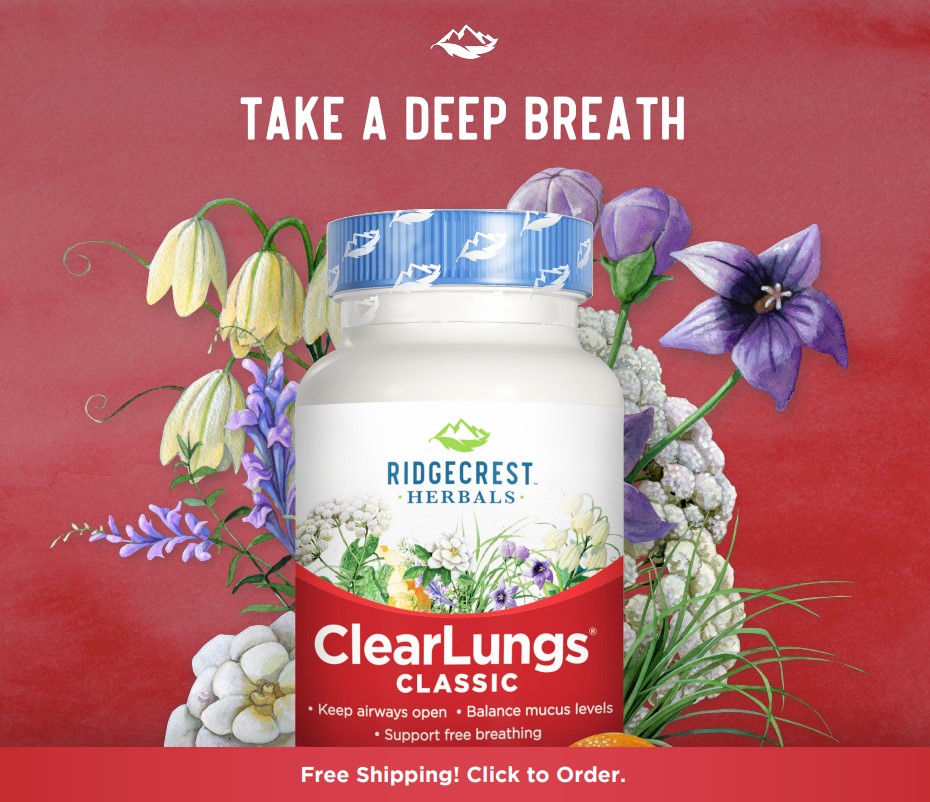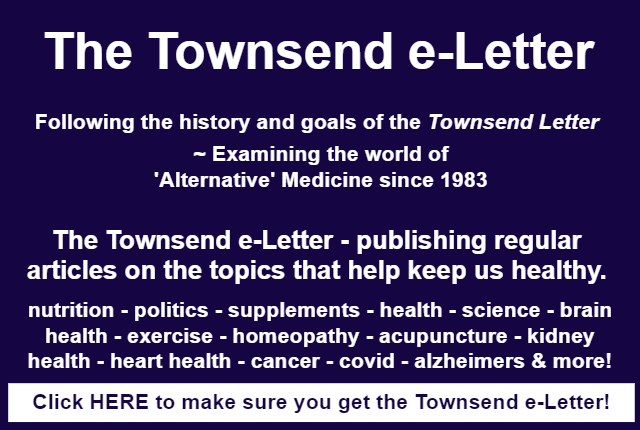Benton Bramwell, ND, and Matt Warnock, JD
As all naturopathic physicians are aware, the eclectic physicians of the 1800s and early 1900s have had a profound impact on the way naturopathic physicians of today think and formulate. Today, there is increasing evidence that the approach of combination therapy utilized by the portion of eclectics who favored combination therapy, which is today infused into the naturopathic approach, is a sound way to increase benefit and reduce risk. Below, we review and illustrate the shortcomings of single-therapy pharmacological intervention and the increasingly understood reasons why combination therapy offers increased efficacy and improved safety.
To efficiently illustrate both the shortcomings of monotherapy and the opportunities of combination therapy, it is helpful to dust off a representation of a sigmoidal dose response curve used to depict the pattern of many drugs’ effects, with dose shown along the X axis and percent of the population achieving response along the Y axis, as shown below.

The midpoint is called the “ED50”— the Effective Dose for 50% of the population. In this representation, assume most people are nearly average in their response, so this is the mean and the median response, and the top of the histogram, or “bell curve,” of typical responses. The area around the ED50 is the most linear area of the curve, where the smallest change in dose gives the biggest change in people affected. The farther we stray from the ED50, the fewer and more variable data points we find. So the ED50, where 50% of the population is affected, is actually the point in the graph where we know the most about what we’re doing. Down to the lower left of the “S” is a low dose, where almost nobody (~0%) is affected; up to the right is the “diminishing returns” part of the curve where around 80-95% efficacious dose is represented; this portion of the curve approaches but never quite reaches 100%.
Drug companies tend to push dosages up the curve, toward ED80 or ED95 (or higher), where 80 or 95% of the population are affected. At higher doses, drugs work for more people and manufacturers can sell more material. But it also pushes them into the “diminishing returns” part of the curve, where bigger dosages get smaller increases in efficacy, and we see more unintended, but frankly, predictable, toxicity.
An example of this, as aptly described by Dimmitt,1 is the dosing of statin drugs. Though when used around the ED50 these medications significantly reduce mortality from cardiovascular events,2 they are also available in marketed forms that greatly exceed their ED50s (in some cases up to 40 times the ED50). Sadly, while efficacy plateaus with uses of larger doses, adverse events such as increased myopathy and hepatic impairment do not.3
While it is easy to point the finger at pharmaceutical preparations in this regard, the scenario of diminishing returns in efficacy coupled with decreased safety holds true for very highly refined and concentrated herbal preparations as well, many of which do not yet have a clearly defined ED50.
Combination therapy provides an opportunity to think about maximizing potency without climbing the increasingly perilous slope of a single-agent dose-response curve. In fact, there are now emerging examples of combinations of small amounts of drugs being quite effective in improving outcome while also being relatively less toxic. Such is the case when the combination of even just two hypertension drugs at a quarter of their individual doses proves to be as effective at reducing blood pressure as single drug treatment, while also resulting in a decrease of toxicity, and when analysis of four hypertension drugs at quarter dose shows improved efficacy compared to single-drug efficacy.4 Certainly in cancer care the approach of combining different drugs to target multiple cellular functions has become well accepted as a means to control tumor growth.5
In fact, a recent review on this topic notes that combination therapy leads the medicines to work in a synergistic or additive manner such that smaller doses of the individual drugs are required; and, moreover, that normal cells may be protected from cytotoxicity when the cytotoxic effects of one drug on normal cells are antagonistic to the cytotoxic effects of another drug in the combination.6 While this terminology refers to effects that can be quantifiably measured in today’s fields of science, it is also perilously close in functional meaning to the sentiments expressed in the oldest of the Traditional Chinese Medicine texts that ingredients in combination should “mutually reinforce each other,” be “mutually empowering,” and that toxic ingredients should be “..processed with those to which they are averse or with those that kill them.”7
Combination therapy with small doses of multiple, relatively unrefined herbs allows for the meaningful and safe effects practitioners seek. A wise focus for the naturopathic profession, not only clinically but in future research, is to focus on further substantiating the benefits of combination therapy of largely unrefined ingredients that can deliver efficacy while not trading safety. In future installments on this topic, we will provide examples illustrating the benefits of combination therapy of both botanical and pharmaceutical interventions, from both traditional and pharmacological perspectives.
1. Dimmitt S, Stampfer H, Martin JH. When less is more – efficacy with less toxicity at the ED50. Br J Clin Pharmacol. 2017 Jul;83(7):1365-1368. doi: 10.1111/bcp.13281. Epub 2017 Apr 6. PMID: 28387051; PMCID: PMC5465328
2. Long-Term Intervention with Pravastatin in Ischaemic Disease (LIPID) Study Group. Prevention of cardiovascular events and death with pravastatin in patients with coronary heart disease and a broad range of initial cholesterol levels. N Engl J Med. 1998 Nov 5;339(19):1349-57. doi: 10.1056/NEJM199811053391902. PMID: 9841303.
3. Dimmitt SB, Stampfer HG, Warren JB. The pharmacodynamic and clinical trial evidence for statin dose. Br J Clin Pharmacol. 2018 Jun;84(6):1128-1135. doi: 10.1111/bcp.13539. Epub 2018 Apr 16. PMID: 29393975; PMCID: PMC5980555.
4. Bennett A, Chow CK, Chou M, et al. Efficacy and Safety of Quarter-Dose Blood Pressure-Lowering Agents: A Systematic Review and Meta- Analysis of Randomized Controlled Trials. Hypertension. 2017 Jul;70(1):85-93.
5. Risberg K, Fodstad Ø, Andersson Y. Synergistic anticancer effects of the 9.2.27PE immunotoxin and ABT-737 in melanoma. PLoS One. 2011;6(9):e24012. doi: 10.1371/journal.pone.0024012. Epub 2011 Sep 7. PMID: 21915275; PMCID: PMC3168478.
6. Bayat Mokhtari R, Homayouni TS, Baluch N, et al. Combination therapy in combating cancer. Oncotarget. 2017;8(23):38022–38043.
7. The Divine Farmer’s Materia Medica: A Translation of the Shen Nong Ben Cao Jing by Yang Shou- zhong. Blue Poppy Press, Inc. Boulder, Colorado. 1998. pp ix-xii.
Published on June 3, 2023
About the Authors

Benton Bramwell, ND, is a 2002 graduate of National College of Naturopathic Medicine who practiced primarily in Utah while helping to expand the prescriptive rights of naturopathic physicians in that state. Currently, he owns and operates Bramwell Partners, LLC, providing scientific and regulatory consulting services to both dietary supplement and conventional food companies. He and his wife, Nanette, have six children and two grandchildren; they live in Manti, Utah.

Matt Warnock is an accidental herbalist, who received his MBA and Juris Doctor from BYU, then worked as an attorney, litigator, and business consultant until 2000. He then joined RidgeCrest Herbals, a family business started by his father, and started learning about
herbal medicine, focusing especially on complex herbal formulas. He has two U.S. patents for herbal formulations and methods. He lives near Salt Lake City with his wife, Carol; they are the parents of three children and four grandchildren.

